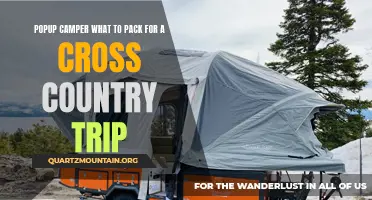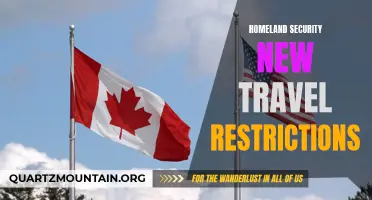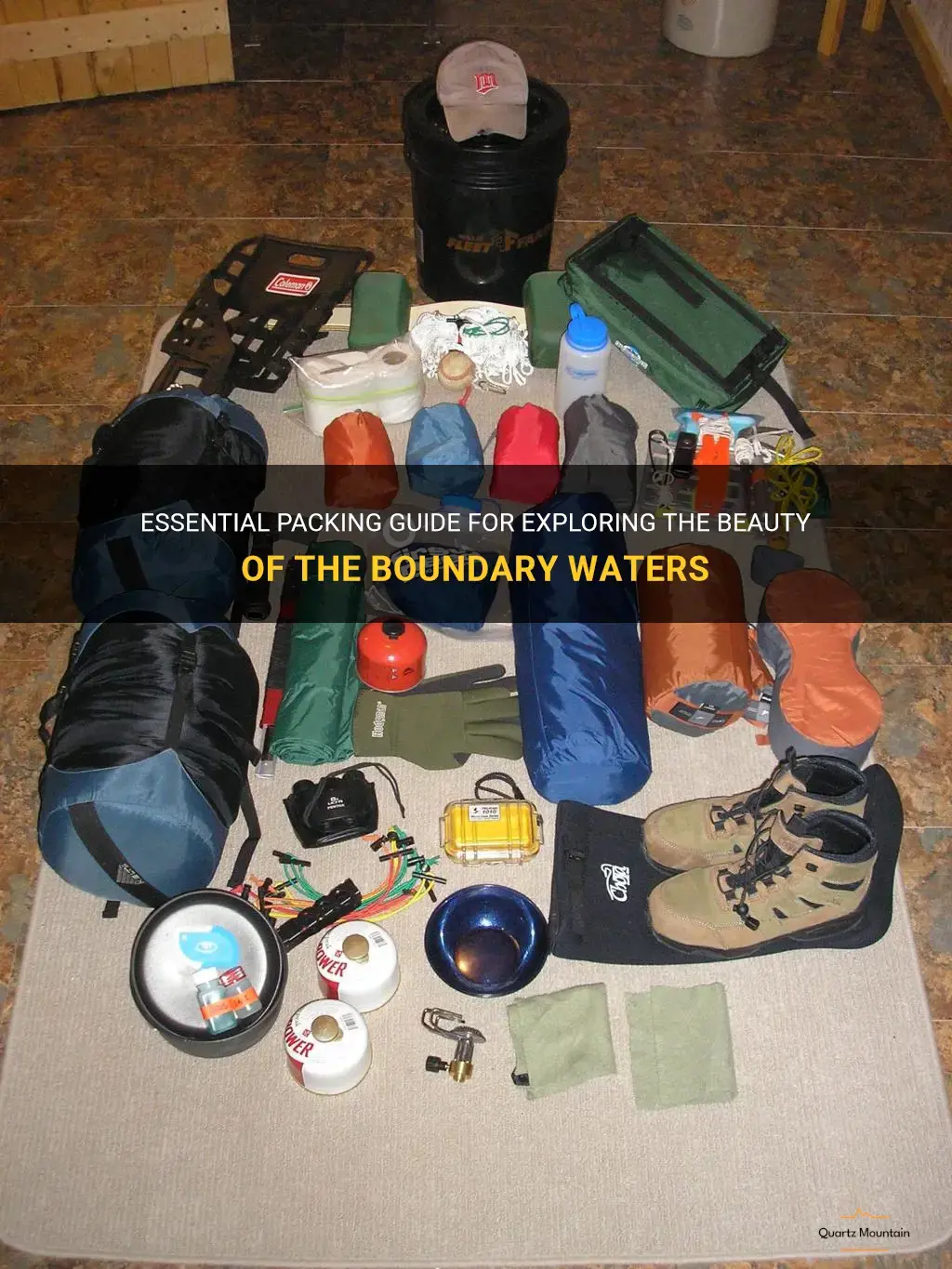
Are you planning an adventure in the mesmerizing Boundary Waters? Look no further, as we present to you the essential packing guide to fully explore the beauty that this region has to offer. From helpful gear and tips for surviving rugged terrains to ensuring you capture unforgettable moments, this guide will ensure that you make the most out of your Boundary Waters excursion. Get ready to embark on an unforgettable journey as we delve into the essentials you need to pack for this outdoor paradise.
What You'll Learn
- What are the essential items to pack for a trip to the Boundary Waters?
- Are there any specific clothing or gear recommendations for a trip to the Boundary Waters?
- Should I bring my own camping equipment or are there rental options available?
- Are there any food restrictions or recommendations for meals in the Boundary Waters?
- What are some safety precautions to keep in mind when packing for a trip to the Boundary Waters?

What are the essential items to pack for a trip to the Boundary Waters?
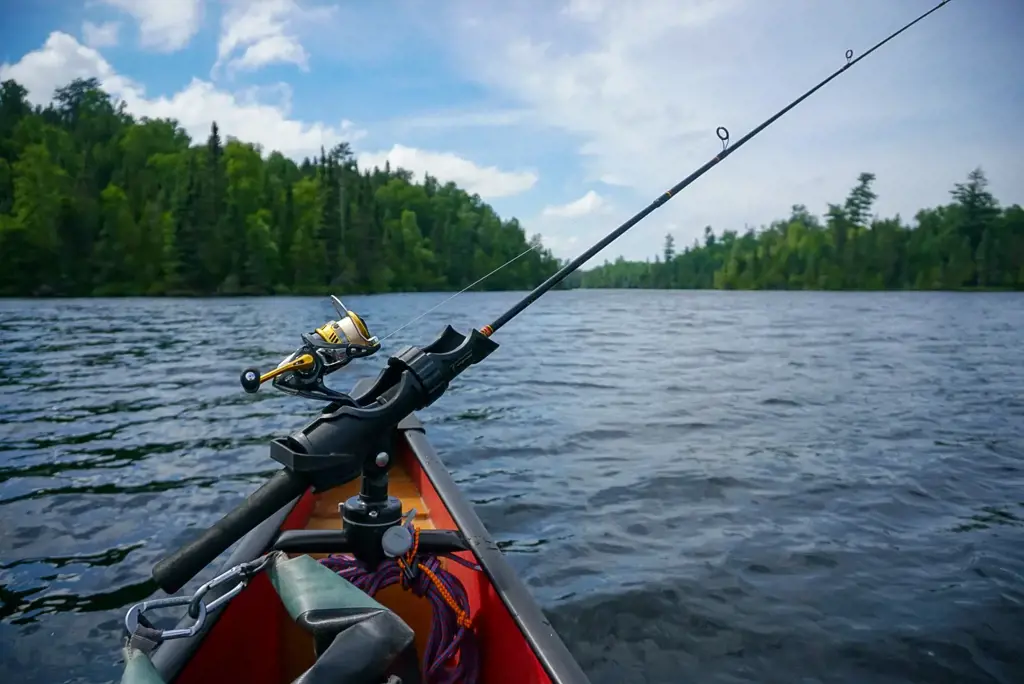
When planning a trip to the Boundary Waters, it is essential to pack the right gear and supplies to ensure a safe and enjoyable experience. The Boundary Waters Canoe Area Wilderness, located in northern Minnesota, offers pristine lakes and forests, making it a popular destination for outdoor enthusiasts. Whether you are going for a day trip or an extended camping adventure, here are some essential items to pack for your journey.
- Canoe or Kayak: The first and most important item to pack for a trip to the Boundary Waters is a canoe or kayak. These watercraft are the primary mode of transportation in the wilderness. Ensure your canoe or kayak is in good condition and properly equipped with all necessary safety gear.
- Paddles: Don't forget to pack paddles for your canoe or kayak. It is always a good idea to bring an extra paddle in case one gets lost or damaged during your trip.
- Life Jackets: Safety should be your top priority when venturing into the Boundary Waters. Always wear a properly fitting life jacket while on the water. Make sure to pack enough life jackets for everyone in your group.
- Navigation Tools: The Boundary Waters is a vast wilderness area, and it is easy to get lost if you are not familiar with the region. Bring a detailed map, compass, and GPS device to aid in navigation. It is also helpful to have a waterproof map case or container to protect your navigation tools from the elements.
- Shelter: Since the Boundary Waters is primarily a camping destination, a reliable shelter is essential. Consider packing a quality tent or hammock for overnight stays. Choose a shelter that is lightweight, durable, and suitable for the expected weather conditions.
- Sleeping Bag and Sleeping Pad: To stay comfortable and warm during the cool nights in the wilderness, bring a high-quality sleeping bag and sleeping pad. Opt for a sleeping bag with a temperature rating suitable for the climate and ensure your sleeping pad provides adequate insulation from the ground.
- Cooking Gear: Prepare your meals while camping by packing cooking gear such as a lightweight camping stove, fuel canisters, cookware, utensils, and a water filtration system. Remember to follow Leave No Trace principles and pack out all your garbage.
- Food and Water: Plan your meals and pack enough food for the duration of your trip. Choose lightweight, non-perishable options that are easy to prepare. Bring a sufficient supply of water or a water filtration system to ensure you have access to clean drinking water throughout your journey.
- Clothing and Personal Items: Pack appropriate clothing for the expected weather conditions. Layering is key to staying comfortable in the wilderness. Don't forget to bring essentials like sunscreen, insect repellent, a first aid kit, a camping knife, and toiletries.
- Recreation Gear: While exploring the Boundary Waters, take advantage of the recreational activities it offers. Pack items such as fishing gear, binoculars, bird identification books, a camera, and a journal to document your adventures.
- Emergency Kit: Prepare for unexpected situations by packing an emergency kit that includes items like a flashlight, extra batteries, a whistle, a signaling device, waterproof matches, a multi-tool, and a first aid manual.
Before embarking on your trip, research the specific regulations and guidelines for the Boundary Waters Canoe Area Wilderness. Familiarize yourself with the Leave No Trace principles to ensure you leave the wilderness as you found it. By packing the right gear and supplies, you can have a safe and memorable adventure in this beautiful wilderness area.
Essential Items to Pack for a Study Abroad in England Experience
You may want to see also

Are there any specific clothing or gear recommendations for a trip to the Boundary Waters?
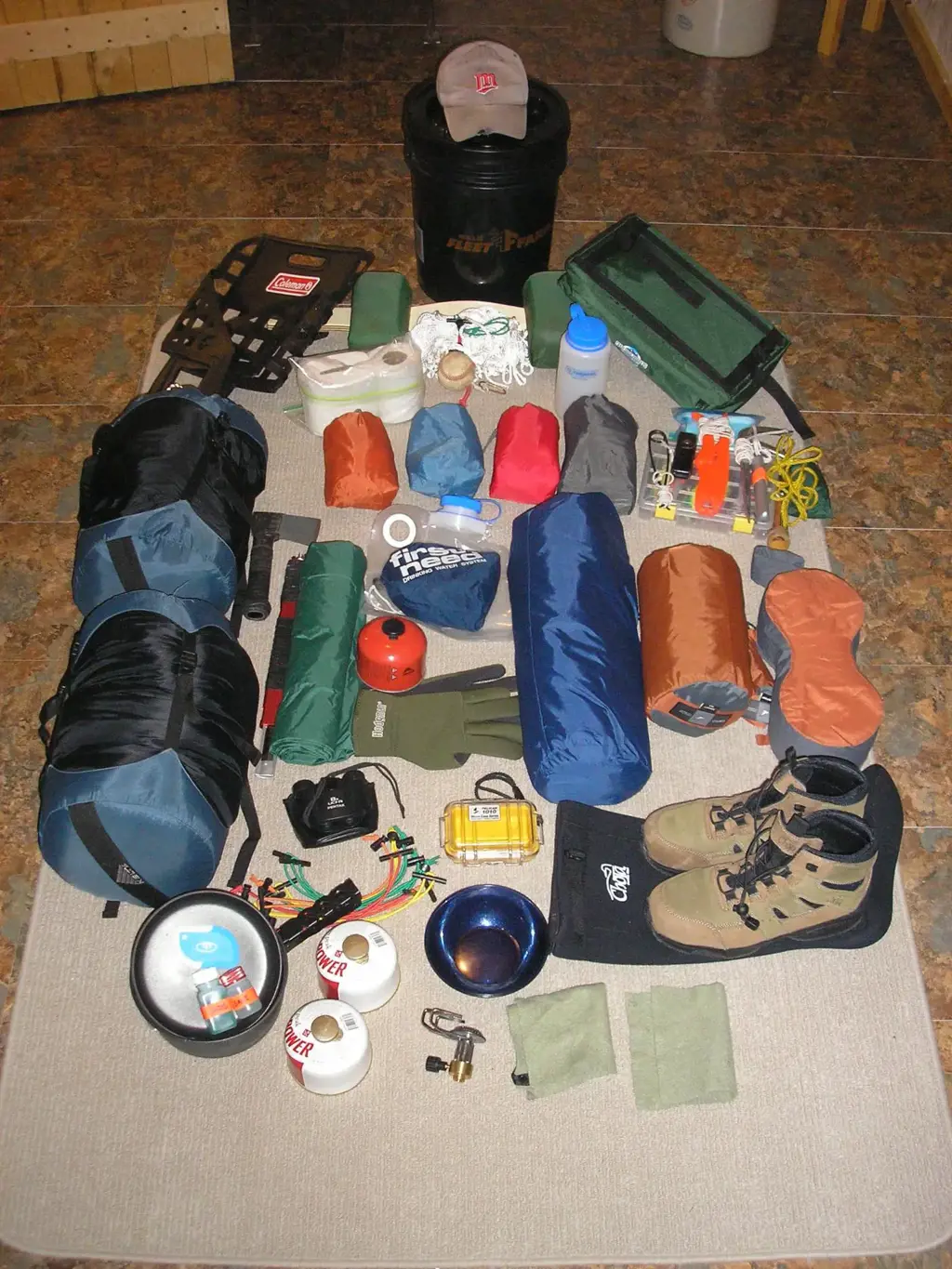
When planning a trip to the Boundary Waters, having the right clothing and gear is crucial for a comfortable and enjoyable experience. The Boundary Waters Canoe Area Wilderness (BWCAW) is located in northern Minnesota and offers a unique and challenging outdoor environment. Here are some specific recommendations for what to wear and bring on a trip to the Boundary Waters.
Clothing:
- Layering is key in the Boundary Waters. The weather can be unpredictable, so it's important to have clothing that can be added or removed as needed. Start with a moisture-wicking base layer to keep you dry and comfortable. Synthetic or wool materials work best.
- For the mid-layer, opt for a warm and insulating fleece or down jacket. This layer will help trap heat and provide extra warmth during cooler temperatures.
- A waterproof and breathable shell jacket is essential to protect against rain, wind, and paddle splash. Look for a jacket with sealed seams and adjustable cuffs and hood.
- Pack lightweight, quick-drying pants or shorts that can withstand rugged terrain and brush. Convertible pants are great for versatility.
- Don't forget about socks! Bring several pairs of moisture-wicking and cushioned socks to keep your feet dry and comfortable. Bring extra pairs in case they get wet.
Footwear:
- A sturdy and supportive pair of hiking boots is essential for navigating the rugged terrain of the Boundary Waters. Look for boots that are waterproof, breathable, and have good traction.
- Water shoes or sandals are also useful for wading through shallow water or when you want to give your feet a break. Look for a pair with good grip and quick-drying capabilities.
Gear:
- A high-quality, waterproof backpack or dry bag is essential for keeping your gear and clothing dry during portages and in case of rain. Look for a bag with a roll-top closure and adjustable straps for a secure and comfortable fit.
- Invest in a reliable and lightweight tent that is easy to set up and can withstand the elements. Make sure it is waterproof and has good ventilation.
- A sleeping bag rated for the expected temperatures is necessary for a comfortable night's sleep. Opt for a bag that is lightweight, compressible, and suitable for your body size.
- Bring a sleeping pad or air mattress for extra comfort and insulation from the ground.
- A portable camp stove and cookware are essential for preparing meals. Look for a lightweight and compact stove that can easily fit in your backpack.
- Bring a water filter or purification tablets to ensure safe drinking water during your trip. The Boundary Waters is known for its pristine lakes and rivers, but it's always better to be safe than sorry.
- Pack a map and compass, as well as a GPS device or smartphone with offline maps. The Boundary Waters is a vast wilderness area, and having reliable navigation tools is crucial.
- Don't forget basic camping essentials, such as a headlamp, pocket knife, first aid kit, insect repellent, and sunscreen.
By following these clothing and gear recommendations, you'll be well-prepared for your trip to the Boundary Waters. Remember to always check the weather forecast before heading out and be prepared for changing conditions. Happy adventuring!
Essential Items to Pack for a Trip to St. George's
You may want to see also

Should I bring my own camping equipment or are there rental options available?
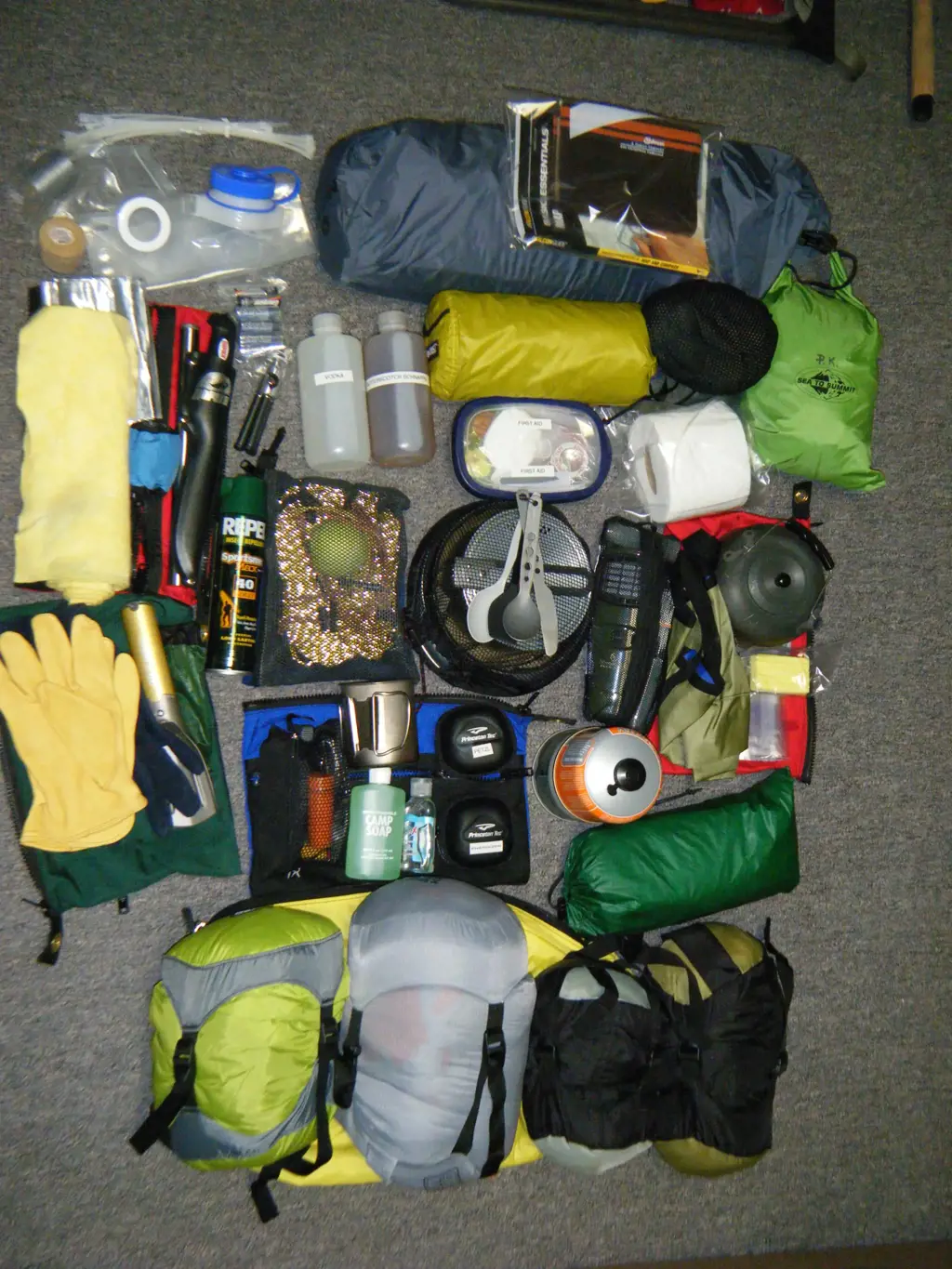
When planning a camping trip, one of the most important decisions to make is whether to bring your own camping equipment or to rent it. Both options have their pros and cons, and the choice ultimately depends on your personal preferences and circumstances. In this article, we will explore the advantages and disadvantages of each option to help you make an informed decision.
Bringing your own camping equipment has several benefits. Firstly, you are familiar with your own gear. You know how to set it up, how to use it, and you trust its quality. This can give you peace of mind and make your camping experience more enjoyable. Additionally, bringing your own equipment allows you to have everything you need, exactly the way you like it. You can pack your favorite camping chair, your most comfortable sleeping bag, and any other personal items that you may require for a comfortable trip.
However, there are also some downsides to bringing your own camping equipment. Firstly, it requires a significant amount of planning and preparation. You need to make sure that you have all the necessary gear, that it is in good condition, and that it is suitable for the type of camping you will be doing. This may involve purchasing new equipment, which can be expensive. Secondly, bringing your own equipment means that you will have to transport it to and from your destination. This can be a hassle, especially if you are traveling long distances or if you have limited space in your vehicle.
On the other hand, renting camping equipment can be a convenient option for those who do not own their own gear or who do not want the hassle of bringing it with them. Many camping destinations offer rental options for a wide range of equipment, including tents, sleeping bags, cooking gear, and more. Renting equipment allows you to try out new gear without having to commit to purchasing it. This can be particularly advantageous if you are a beginner camper or if you are trying out a new camping activity for the first time.
Renting camping equipment also eliminates the need for transportation and storage. You can simply pick up the equipment at your destination and return it when you are done. This can be especially beneficial if you are traveling by airplane or if you have limited space in your vehicle. Furthermore, renting equipment can be more cost-effective, especially for one-time or infrequent campers. Instead of investing in expensive gear that may only be used once or twice a year, you can rent high-quality equipment for a fraction of the cost.
However, there are also some drawbacks to renting camping equipment. Firstly, you will not have the same level of familiarity with the gear as if it were your own. This may require some adjustment and learning at the beginning of your trip. Additionally, rental equipment may not always be in the best condition or of the highest quality. It is important to ensure that the rental company you choose maintains their gear properly and regularly replaces worn-out items.
In conclusion, whether to bring your own camping equipment or to rent it depends on your personal preferences, circumstances, and level of experience. Bringing your own gear offers familiarity and customization but requires planning and transportation. Renting equipment is convenient, cost-effective, and eliminates transportation issues but may lack familiarity and quality. Whatever option you choose, the most important thing is to have a safe and enjoyable camping experience.
Essential Items for a Year-Long Exchange: Your Ultimate Packing Guide
You may want to see also

Are there any food restrictions or recommendations for meals in the Boundary Waters?
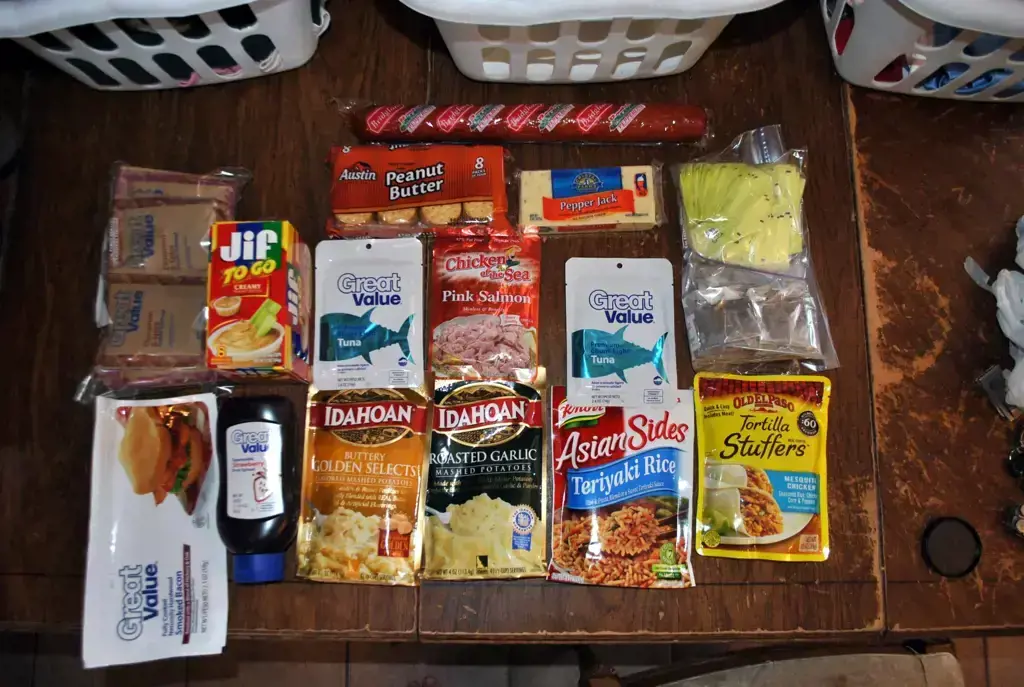
The Boundary Waters Canoe Area Wilderness is a vast and beautiful wilderness area located in northern Minnesota and southern Ontario. It is a popular destination for outdoor enthusiasts, particularly those interested in canoeing and camping. When planning a trip to the Boundary Waters, one important consideration is what to bring and eat for meals. This article will discuss some food restrictions and recommendations for meals in the Boundary Waters.
- Follow Leave No Trace Principles: When it comes to food in the Boundary Waters, it is important to follow the principles of Leave No Trace. This means packing out all of your trash, including food waste. It is also important to store your food in bear-resistant containers or hang it from a tree to prevent bears and other wildlife from accessing it. This helps to protect both the environment and the wildlife.
- Pack Lightweight and Non-Perishable Foods: Since you will be carrying all of your food with you in a canoe, it is important to pack lightweight and non-perishable foods. This will help to reduce the weight of your pack and ensure that your food stays fresh throughout your trip. Some good options include dehydrated meals, freeze-dried fruits and vegetables, nuts and seeds, energy bars, and trail mix.
- Plan for Nutritional Needs: When planning your meals, it is important to consider your nutritional needs. The Boundary Waters is a physically demanding environment, so you will want to make sure you are getting enough calories and nutrients to keep your energy levels up. This may mean packing extra protein, carbohydrates, and healthy fats. It is also a good idea to pack some vitamin and mineral supplements to ensure you are getting all of the nutrients you need.
- Be Mindful of Cooking Methods: Cooking in the Boundary Waters can be a bit challenging, as you will likely be cooking over a campfire or a small portable stove. It is important to be mindful of the cooking methods you choose and to plan meals that can be easily prepared in these conditions. One-pot meals, such as pasta dishes or soups, are a great option, as they require minimal cooking equipment and can be easily made with ingredients that don't need to be refrigerated.
- Plan for Variety: While it is important to pack lightweight and non-perishable foods, it is also important to plan for variety in your meals. Eating the same thing day after day can get boring, so try to include a mix of flavors and textures in your meals. Pack a variety of spices and seasonings to add flavor to your dishes, and consider including some fresh fruits and vegetables that can withstand a few days without refrigeration. You can also plan for a special treat, such as a chocolate bar or a small can of your favorite beverage, to enjoy during your trip.
In conclusion, when planning meals for a trip to the Boundary Waters, it is important to follow the principles of Leave No Trace, pack lightweight and non-perishable foods, plan for your nutritional needs, be mindful of cooking methods, and plan for variety. By considering these factors, you can ensure that you have a delicious and satisfying meal during your adventure in the Boundary Waters.
Essential Items to Pack for Backpacking in India
You may want to see also

What are some safety precautions to keep in mind when packing for a trip to the Boundary Waters?
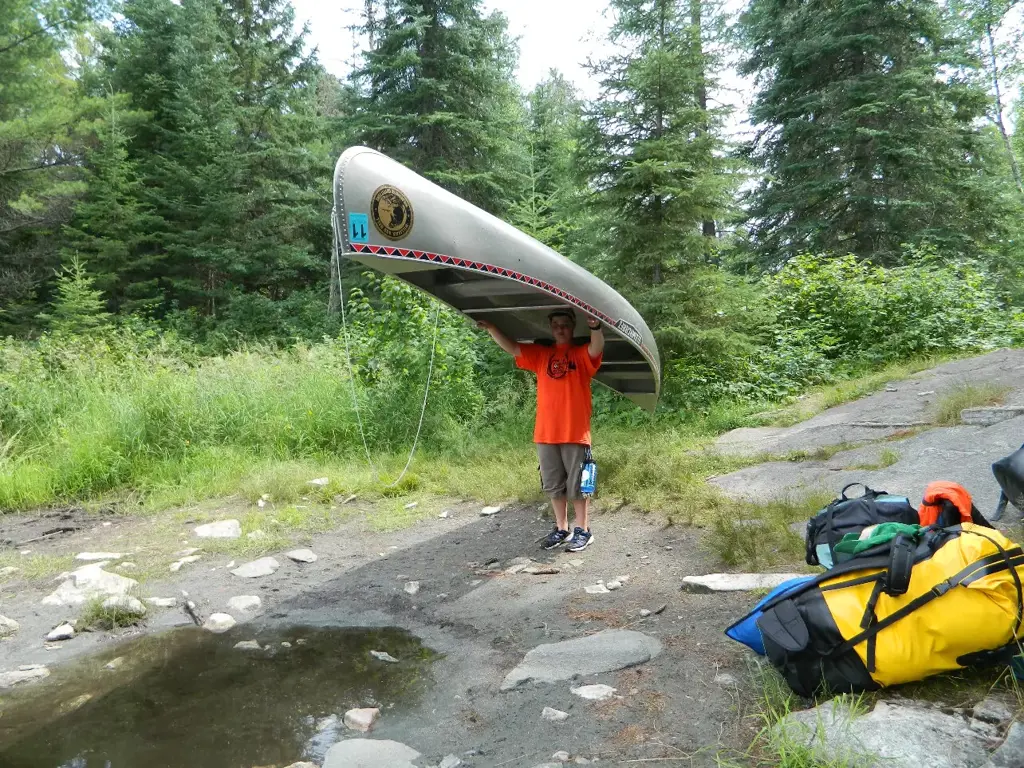
When packing for a trip to the Boundary Waters, it’s important to prioritize safety above all else. This pristine wilderness area in northern Minnesota offers stunning beauty and unique outdoor experiences, but it can also present challenges and potential hazards. By following a few safety precautions, you can ensure a safe and enjoyable trip.
- Plan ahead: Before heading out into the Boundary Waters, make sure you have a detailed plan in place. This should include your intended route, campsites, and emergency contact information. Share this plan with someone who is not going on the trip so they can alert authorities if you don't return on time.
- Check the weather: The weather in the Boundary Waters can change rapidly, so it’s essential to stay informed. Check the forecast before you leave and continue monitoring it throughout your trip. Strong winds, thunderstorms, and cold temperatures can all impact your safety and comfort.
- Pack appropriate clothing: Dressing in layers is crucial in the Boundary Waters. Even in the summer months, temperatures can drop significantly at night. Pack clothing that is breathable, moisture-wicking, and insulating. Additionally, bring rain gear and a warm hat in case of unexpected weather changes.
- Wear a personal flotation device (PFD): When traveling by boat or canoe, always wear a properly fitted PFD. The Boundary Waters is known for its numerous lakes and waterways, and accidents can happen even to experienced paddlers. A PFD will help keep you afloat in case of capsizing or unexpected falls.
- Use insect repellent: The Boundary Waters is home to an abundance of mosquitoes and other biting insects. To protect yourself from bites, use insect repellent with DEET or other recommended ingredients. Additionally, consider bringing bug nets to cover your face and hands.
- Carry a first aid kit: Accidents and injuries can happen in the wilderness, even with precautions in place. Always carry a well-stocked first aid kit that includes bandages, adhesive tape, antiseptic wipes, pain relievers, and any necessary personal medications. Familiarize yourself with basic first aid techniques as well.
- Purify your water: Drinking untreated water from the lakes and streams in the Boundary Waters can lead to waterborne illnesses. To avoid this, bring along a water purification method, such as a water filter or purifying tablets. Boiling water for at least one minute is also an effective way to make it safe to drink.
- Be cautious with fire: Campfires can provide warmth and cook meals, but they can also pose a significant risk. Follow all fire safety guidelines, including using established fire rings, keeping fires small, and never leaving a fire unattended. Before leaving your campsite, ensure the fire is completely extinguished.
- Pack a map and compass: While modern technology is helpful, it’s important to have a backup in case of device failure. Always carry a map and compass, and know how to use them. GPS devices and cell phones can lose reception or run out of battery, so having traditional navigation tools is essential.
- Respect wildlife: The Boundary Waters is home to a wide range of wildlife, including black bears, wolves, and moose. To minimize the risk of interactions, store food properly in bear-resistant containers or by using the "bear bag" method. Keep a safe distance from any wildlife you encounter and always observe from a distance.
By following these safety precautions, you can enhance your trip to the Boundary Waters and ensure a safe and memorable wilderness experience. Remember to always prioritize safety and be prepared for unexpected situations.
The Essential Packing Guide for the Juan de Fuca Trail
You may want to see also
Frequently asked questions
It is important to pack appropriate clothing for a trip to the Boundary Waters, as the weather can be unpredictable. It is recommended to bring layers of clothing, including a waterproof and windproof outer layer. This will help protect you from the elements, especially if it rains or gets windy. Additionally, don't forget to bring a hat, gloves, and extra socks in case your feet get wet.
When packing for a trip to the Boundary Waters, it is essential to bring the right equipment. This includes a sturdy tent, sleeping bag, and sleeping pad for camping. You will also need a reliable backpack, cooking utensils, a water filter or purification tablets, a map and compass, and a first aid kit. It is also recommended to bring a canoe or kayak, paddles, and a life jacket for water navigation.
Yes, it is important to pack enough food for your trip to the Boundary Waters, as there are no stores or restaurants in the area. It is recommended to bring lightweight and easy-to-pack meals, such as dehydrated food, trail mix, protein bars, and canned goods. Make sure to bring enough food to last for the duration of your trip, plus a few extra days in case of any unforeseen circumstances.
In addition to clothing, equipment, and food, there are a few other essentials that you should pack for a trip to the Boundary Waters. These include a water bottle or hydration system, sunscreen, insect repellent, a flashlight or headlamp, a multi-tool or knife, and a waterproof bag or dry bag to keep your belongings dry during water activities. It is also recommended to bring a camera to capture the beautiful scenery and memories of your trip.


